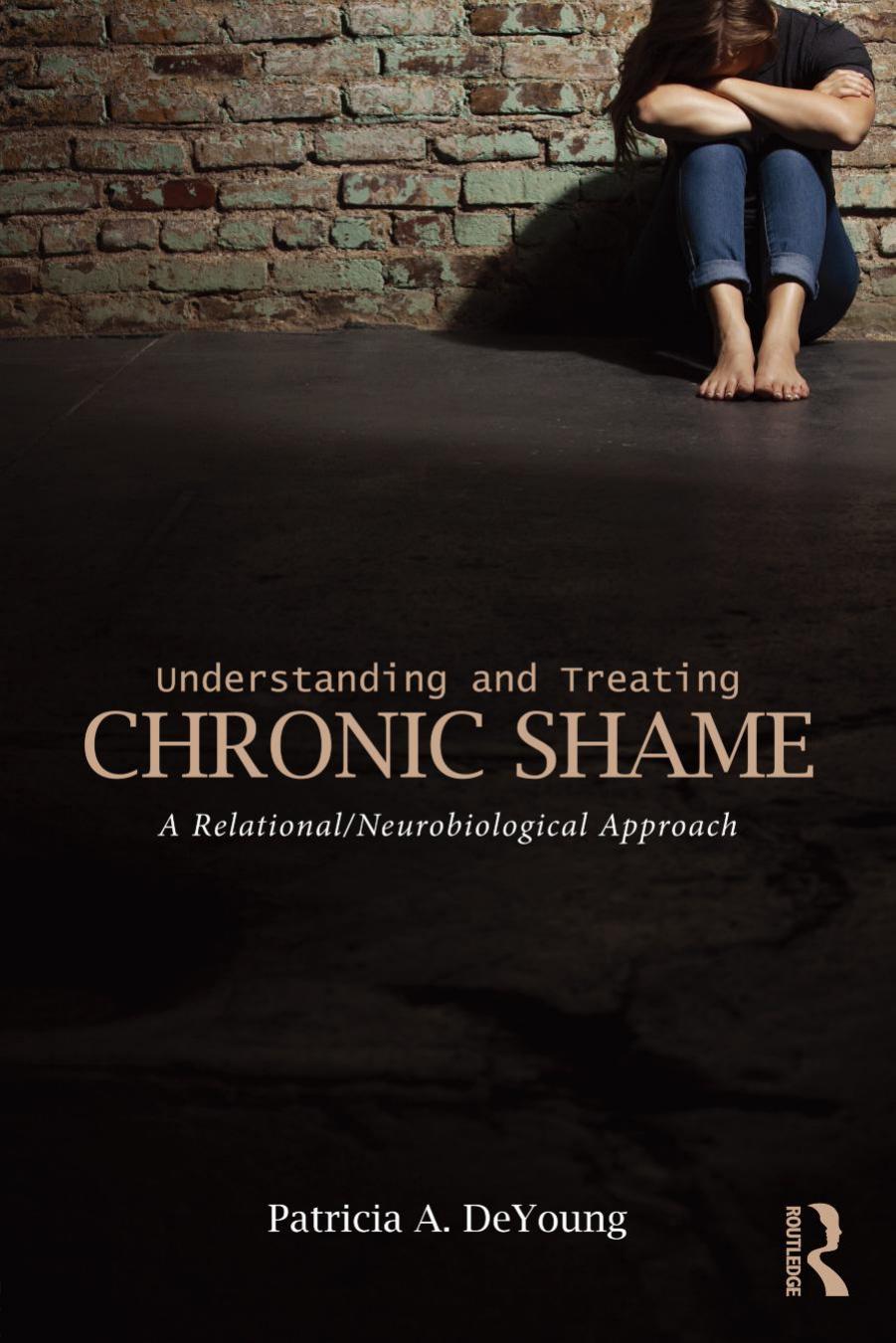Understanding and Treating Chronic Shame by DeYoung Patricia A

Author:DeYoung, Patricia A.
Language: eng
Format: epub, pdf
ISBN: 9781317560890
Publisher: Taylor and Francis
Idealizing
The selfobject function of idealizing also takes different forms at different times in a child’s development. A child’s need to be connected to someone bigger, wiser, and stronger changes over time. In infancy, it’s all about calming and soothing—the simplest form of on-the-spot affect regulation. In toddlerhood, affect regulation includes containment of anger and ambivalence in ways that help the toddler learn that moments of shame can be repaired. Within the orbit of a parent’s strength and wisdom, a young child can feel confident and strong herself; idealizing allows shared strength to be experienced as subjective strength. An older child absorbs from an idealized parent a sense of the self he might become; idealizing becomes an internal sense of his own values, tested out rigorously during the self-consolidation of adolescence.
If adult clients have missed out on some important idealizing selfobject experience, what sorts of right-brain connections will afford them a belated chance at this aspect of self-development? For some clients, calming and soothing is what they need most from psychotherapy, at least for a while. And for these clients, since their earliest experience was fraught with dysregulation, just being able to make safe affective contact with a regulating other is a considerable challenge.
With some of them, we find ourselves patiently eliciting the emotions that they keep tightly boxed in, showing them bit by bit and step by step that not only is it safe to feel, it’s safe to share feelings with us. In fact, it feels better to have feelings and to share feelings with us than to keep them locked away. Other clients come into therapy spilling over with emotion but shutting us out of their process. Our empathy seems to be a threat to them instead of a way to connect. They expect that we will try to define, control, or change their feelings to suit our agendas. And so we simply know this, too, and stay near, not giving up on showing empathy but making sure it’s not intrusive. Our hope is that they will feel our emotional presence and slowly become conscious that it won’t annihilate their affective core self.
And then there are the clients whose affect explodes into the room, a potent mix of rage, helplessness, and despair about all those who keep hurting them instead of giving them the help they need. There’s every chance that at any moment we, too, will fail them. The only way for us to prove ourselves safe to stormy clients is by handling whatever affect comes our way with as much calm, empathic presence as we can muster. Right-brain regulation of interpersonal rage requires unflinching interpersonal presence. It’s as if the client’s self system is yelling, “Regulate this!” and it needs to hear back a firm, clear, “Yes, I am right here!” We have to prove that our powers of regulation are strong enough to hear and contain their feelings, and also that our self-regulation is strong enough to own up, with genuine feeling, to any specific ways we missed them or failed to provide what they needed.
Download
Understanding and Treating Chronic Shame by DeYoung Patricia A.pdf
This site does not store any files on its server. We only index and link to content provided by other sites. Please contact the content providers to delete copyright contents if any and email us, we'll remove relevant links or contents immediately.
The Art of Thinking Clearly by Rolf Dobelli(10223)
The 5 Love Languages: The Secret to Love That Lasts by Gary Chapman(9590)
Mindhunter: Inside the FBI's Elite Serial Crime Unit by John E. Douglas & Mark Olshaker(9201)
Becoming Supernatural by Dr. Joe Dispenza(8119)
Nudge - Improving Decisions about Health, Wealth, and Happiness by Thaler Sunstein(7615)
The Road Less Traveled by M. Scott Peck(7522)
Enlightenment Now: The Case for Reason, Science, Humanism, and Progress by Steven Pinker(7237)
Mastermind: How to Think Like Sherlock Holmes by Maria Konnikova(7227)
Win Bigly by Scott Adams(7094)
The Way of Zen by Alan W. Watts(6506)
Factfulness: Ten Reasons We're Wrong About the World – and Why Things Are Better Than You Think by Hans Rosling(4694)
The State of Affairs by Esther Perel(4642)
Gerald's Game by Stephen King(4583)
Man's Search for Meaning by Viktor Frankl(4426)
The Confidence Code by Katty Kay(4187)
Thinking in Bets by Annie Duke(4153)
The Healing Self by Deepak Chopra(3474)
Hidden Persuasion: 33 psychological influence techniques in advertising by Marc Andrews & Matthijs van Leeuwen & Rick van Baaren(3472)
The Worm at the Core by Sheldon Solomon(3435)
